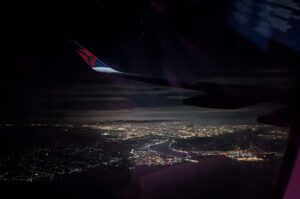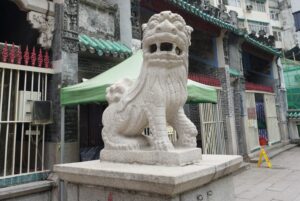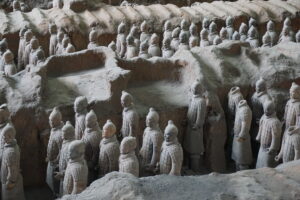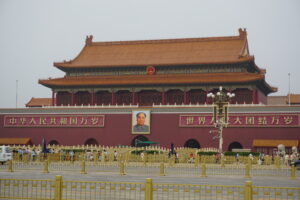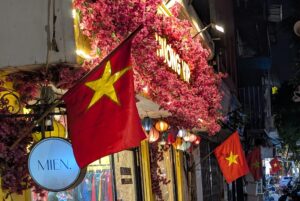China
Not As Daunting as it Seemed
Of all the countries I visited on my 2025 round-the-world trip, China was the place friends seemed most concerned about me visiting. I was questioned and warned many times. Some were concerned because we were involved in a trade war with China as I was planning the trip. Others seemed generally concerned because China is communist and has historically at times had rocky relations with the United States. It was the first truly communist country I had ever visited. It was the first country for which I had to visit the consulate to receive a visa. Some people even tried to warn me that I would not be able to use cash to pay for anything in China. Would I be able to navigate public transportation if all of the signage used hanzi? Even if a sign is in a foreign language, I can recognize place names if Latin letters are used.
China does place many restrictions on information coming into their country. The so-called “Great Firewall of China” is in place to block websites and access to information from within China. I will list several popular internet platforms that are blocked by the Chinese government, but the complete list is much longer and is ever growing. The Chinese government tries to block access to Facebook, Messenger, Instagram, Twitter, WhatsApp, Google, Wikipedia, YouTube, Reddit, Pinterest, the BBC, the Wall Street Journal, the Guardian, the New York Times, Reuters, Bloomberg, Netflix, IMDB, the Washington Post, Time, and many, many more. Some people try to install VPNs to end-run the Chinese restrictions. Of course, the Chinese government is constantly at work to prevent people from being able to utilize this work around.
Besides WhatsApp and GoogleMaps, there are many other apps that just don’t work in China. I heavily use some of Google’s tools in my travels. GoogleMaps greatly aids in my ability to coordinate public transportation, and I talk to non-English speakers using Google Translate quite often. I even use the camera feature on the latter app to interpret menus when no one in the restaurant speaks any English. It turned out, though, that since I use telephone service directly from Google, I did not even need a VPN. I naturally circumvented the Great Firewall of China whenever I was not using local wifi. Further, for every app that is blocked, there were always one or more Chinese alternatives.
GoogleMaps does not have Chinese metro time tables, but AMap does even if BaiduMaps doesn’t. In place of WhatsApp, Chinese people use WeChat. WeChat is subject to Chinese censors, so it is allowed. Although a few merchants frowned a bit, I was always able to use cash when I needed to. I also successfully set up AliPay as an electronic payment venue. WeChat can also be used to pay small bills. I was even able to download and apply payment methods to DiDi, the Chinese alternative to Uber.
Amazingly, even the subways and other transportation means generally had secondary signage in English. It is true that English is the most widely used language in the world. Over 1.5 billion people world-wide speak English, not necessarily as native speakers, but at least as a second language.
The long and the short of all of that is to say that I really didn’t find it all that difficult to get around in China. Most people were friendly. I knew a few words of Chinese. There was enough signage on public transportation that I could get by. People in tourism related jobs spoke English, I was still able to pay in cash, and I was able to use Chinese apps to do everything I would have otherwise relied on the blocked apps to do. The most difficult part of visiting China for me was having to make two trips to the Chinese consulate in San Francisco to get the 10 year, multiple-entry visa.
China is a vast country, of course. I was only able to scratch the surface in the nine days I spent in that country. I will definitely reuse my 10 year, multiple entry visa. I considered visiting other parts of China, but I knew for certain I wanted to see the Great Wall of China and the Terracotta Warriors. This meant that Beijing and Xi’an were non-negotiable stops. In the end, these were the only cities I visited, other than transiting Shenzhen to catch a cheaper flight from Hong Kong to Xi’an. As with my visits to other places, I did get leads on many other amazing places I would like to visit in China on future trips. The tiles below will lead you to links where you can read about my stops in Xi’an and Beijing.

